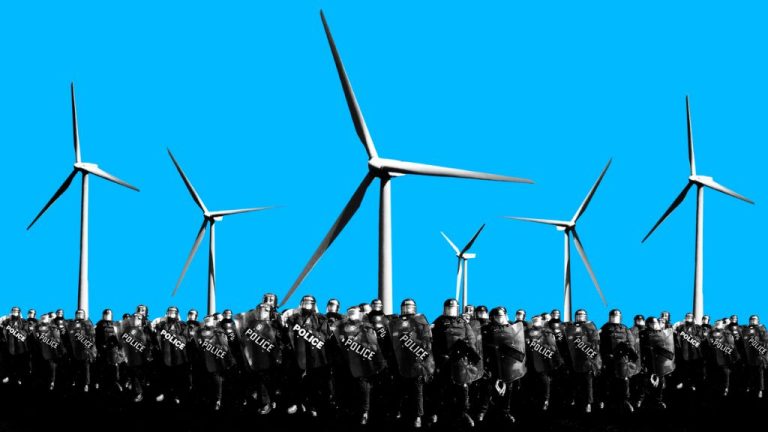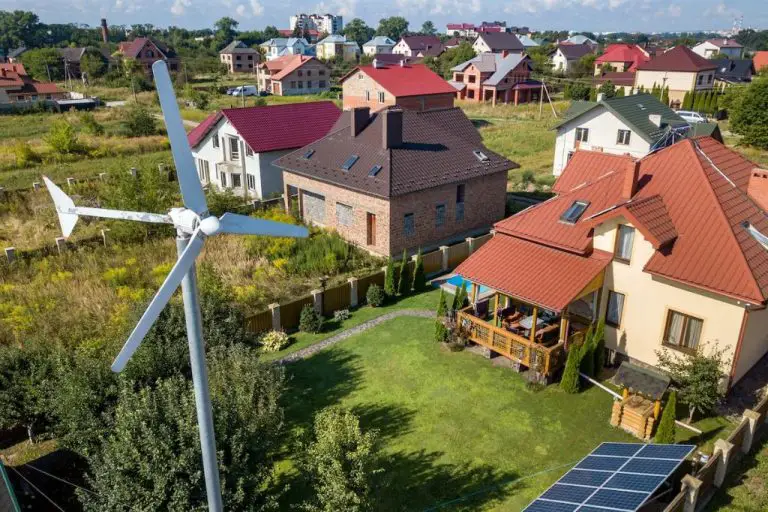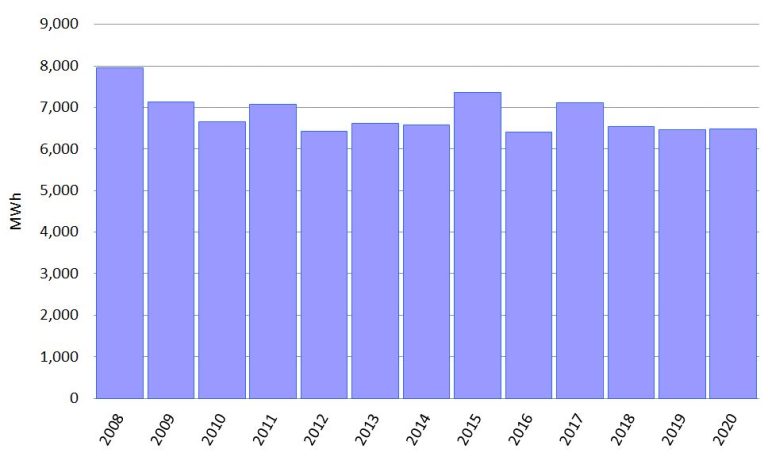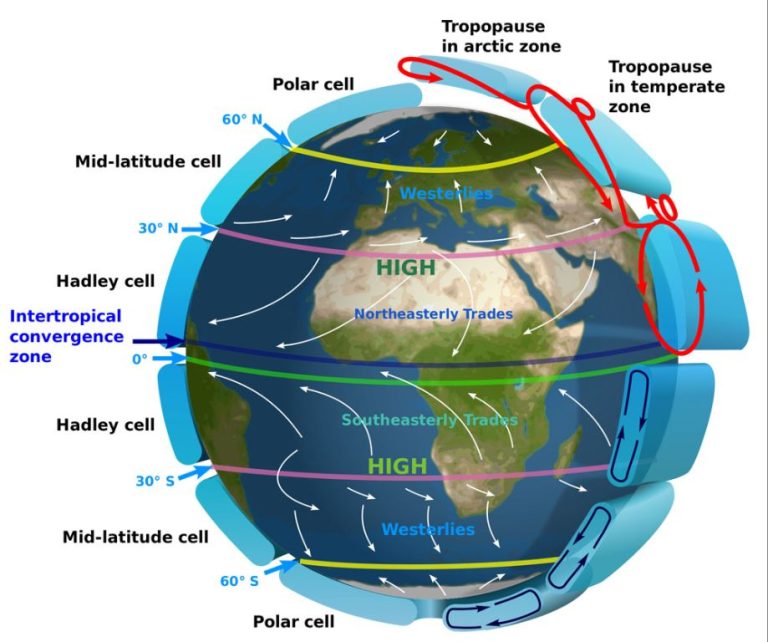Can Solar And Wind Power Work Together?
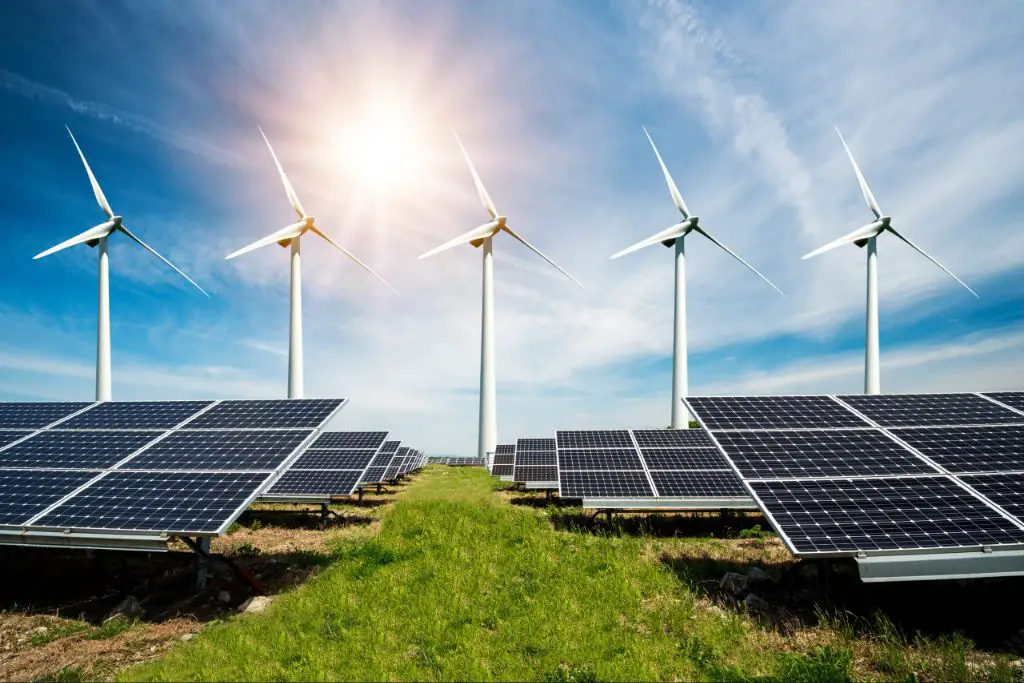
As the world moves toward renewable energy sources to combat climate change, two of the most prominent options are solar and wind power. Understanding how these two technologies can work together is critical, as we transition away from fossil fuels. With complimentary generation patterns and the ability to share infrastructure, solar and wind may offer an optimal renewables mix. Exploring the synergies between solar and wind can inform policy and utility decisions as we build the grid of the future.
Complementary Generation Patterns
Solar and wind power have complementary generation patterns that allow them to work well together. Solar energy generates the most electricity during daytime hours when the sun is shining, with output peaking around noon. Wind power, on the other hand, often blows more strongly at night. Studies have found that wind generation is often highest in evening and nighttime hours when solar production goes offline. According to research from the National Renewable Energy Laboratory, solar and wind generation from utility-scale facilities tends to follow different diurnal patterns in many locations.
This complementarity allows solar and wind to balance each other out over the course of the day. As solar generation ramps up in the morning, wind can help meet electricity demand if it drops off. And as solar production decreases in the evening, wind resources can help pick up the slack. By combining solar and wind, utilities and grid operators can achieve more consistent renewable power output around the clock.
Grid Reliability
Studies have shown that combining wind and solar can actually improve grid reliability compared to relying on either source alone. Wind and solar generation tend to complement each other, as wind speeds are often highest at night while solar generates power during the daytime. According to an analysis by the National Renewable Energy Laboratory, combining wind and solar can reduce variability and provide a more consistent source of renewable power generation (https://www.nrel.gov/docs/fy15osti/63045.pdf). Overall, integrating diverse renewable sources makes the system more resilient and balances out variability.
In addition, wind and solar plants spread out over large geographic regions further smooth out generation profiles. Combining offshore and onshore wind with utility-scale and distributed solar provides greater consistency. Forecasting tools and grid flexibility measures also enable grid operators to integrate higher levels of renewables. Rather than compromising reliability, combining wind and solar resources improves overall grid stability.
Shared Infrastructure
Solar and wind power often complement each other from a grid integration perspective, but they can also share physical infrastructure as part of a hybrid system (The Marriage of Wind and Sun Understanding the Integration…). Wind turbines and solar panels can coexist on the same site, sharing available land and infrastructure like transmission lines and electrical equipment (Integrating wind turbines and solar panels in the same area optimizes land and infrastructure utilization. Both can coexist on shared spaces ). This allows the project developer to maximize the use of suitable land for renewable energy generation. Solar and wind can utilize some of the same transmission lines and grid interconnection points, reducing overall infrastructure costs (Optimizing Land Use: The Power of Hybrid Solar-Wind Farms). While there are logistical considerations in combining the two generation sources, shared infrastructure provides an opportunity to lower development costs.
Resource Forecasting
Predicting the combined output of solar and wind power together on the grid can actually be easier and more accurate than forecasting each resource individually. As noted in research from the National Renewable Energy Laboratory (https://www.nrel.gov/grid/solar-wind-forecasting.html), solar and wind resources tend to have complementary generation patterns throughout the day and across seasons. For example, solar output peaks midday but drops in the evening when wind power can fill in. Having a diversity of resources helps smooth overall renewable generation. Advanced forecasting techniques can model the interaction between solar and wind over different timeframes from minutes to years ahead. Accuracy is also improved by having larger geographical areas with diverse weather patterns. Forecasting tools enable grid operators to anticipate the combined variable generation more reliably and schedule conventional power sources accordingly.
Geographical Considerations
Solar and wind power have different ideal geographical locations due to the nature of how they generate electricity. Solar power is best suited to regions that receive abundant sunlight throughout the year, such as deserts and other areas with minimal cloud cover and precipitation. According to the article “Best regions for Solar Power” on Wind + Solar Energy, the western and southwestern United States, especially desert regions, are ideal for solar power generation.
Wind power, on the other hand, requires consistent wind patterns, which are often found in coastal regions, open plains, hilltops, and mountain passes. As reported in The Guardian, Texas leads in both wind and solar production due to its wide open spaces and solar irradiation levels. Other central plains states also do well with wind power. So while solar and wind can work together, they have distinct ideal geographical regions based on weather and climate conditions.
Storage and Curtailment
As more solar and wind capacity is added to the grid, there are times when generation exceeds demand which can lead to curtailment of renewable output. Curtailment is when solar or wind farms are told to limit their production to avoid overloading the grid. This excess clean energy is lost if it cannot be stored or used [1]. In 2022, California curtailed 2.4 million MWh of renewable energy, a 63% increase from the prior year[2].
Energy storage provides a solution to capture the curtailed renewable energy for later use. Long duration storage technologies like pumped hydro and compressed air can store excess solar or wind generation from hours to even weeks. This allows the renewable power to be used during peak demand instead of being wasted. Grid-scale batteries also help absorb excess generation over shorter time frames. Energy storage is key to enabling high renewable grids and reducing curtailment[3].
Cost Factors
Solar and wind power have both seen dramatic declines in costs over the past decade, making them cost-competitive with fossil fuels. According to the IMF, between 2009 and 2019, prices dropped 76% for solar panels and 34% for wind turbines (IMF, 2019). Power Magazine reports similar cost declines, with onshore wind costs falling 56% and utility-scale solar costs falling 89% from 2009 to 2020 (Power Magazine, 2021).
When solar and wind are combined, their complementary generation patterns can lead to further cost reductions. Solar peaks during the daytime when demand is high, while wind often peaks at night. This diversity minimizes the need for expensive energy storage. Shared transmission infrastructure and forecasting tools can also reduce integration costs. Overall, the synergies between solar and wind provide significant cost benefits compared to either source alone.
Policy and Regulation
One major driver behind wind-solar hybrid projects is government incentives and policies. Many countries have implemented policies specifically aimed at promoting hybrid systems over single-technology renewable projects. For example, India adopted a national Wind-Solar Hybrid Policy in 2018 with the goal of better utilizing transmission infrastructure and land, while also reducing variability and improving grid stability.
The policy mandates that new wind and solar projects connect to the grid at the same point and share facilities like transmission lines. It also creates financial incentives for hybrid systems, such as waiver of interstate transmission charges. According to Das (2020), India’s hybrid policy has already begun changing the dynamics of renewable energy development in the country by favoring co-located projects.
Other governments provide direct financial incentives, such as feed-in tariffs, for renewable hybrid systems to encourage their development. Overall, policy support and incentives that recognize the unique benefits of hybrid wind-solar projects are key drivers enabling the technology.
Conclusion
In summary, solar and wind energy can complement each other well in a hybrid system. Wind often peaks at night when solar generation is low or non-existent. Solar provides power during the middle of the day when wind speeds may decrease. Combining solar, wind, storage, and intelligent controls can create a stable and reliable energy system. Geographical location is an important consideration, as solar and wind resources vary. With proper planning, forecasting, infrastructure, and grid coordination, hybrid solar-wind systems can provide clean, renewable power at competitive prices.
Though there are challenges, the benefits of harnessing both solar and wind outweigh the disadvantages. As technology improves and costs decline, hybrid solar-wind systems will play an expanding role in the global renewable energy mix. With thoughtful implementation, solar and wind can work synergistically to deliver affordable, sustainable energy.

